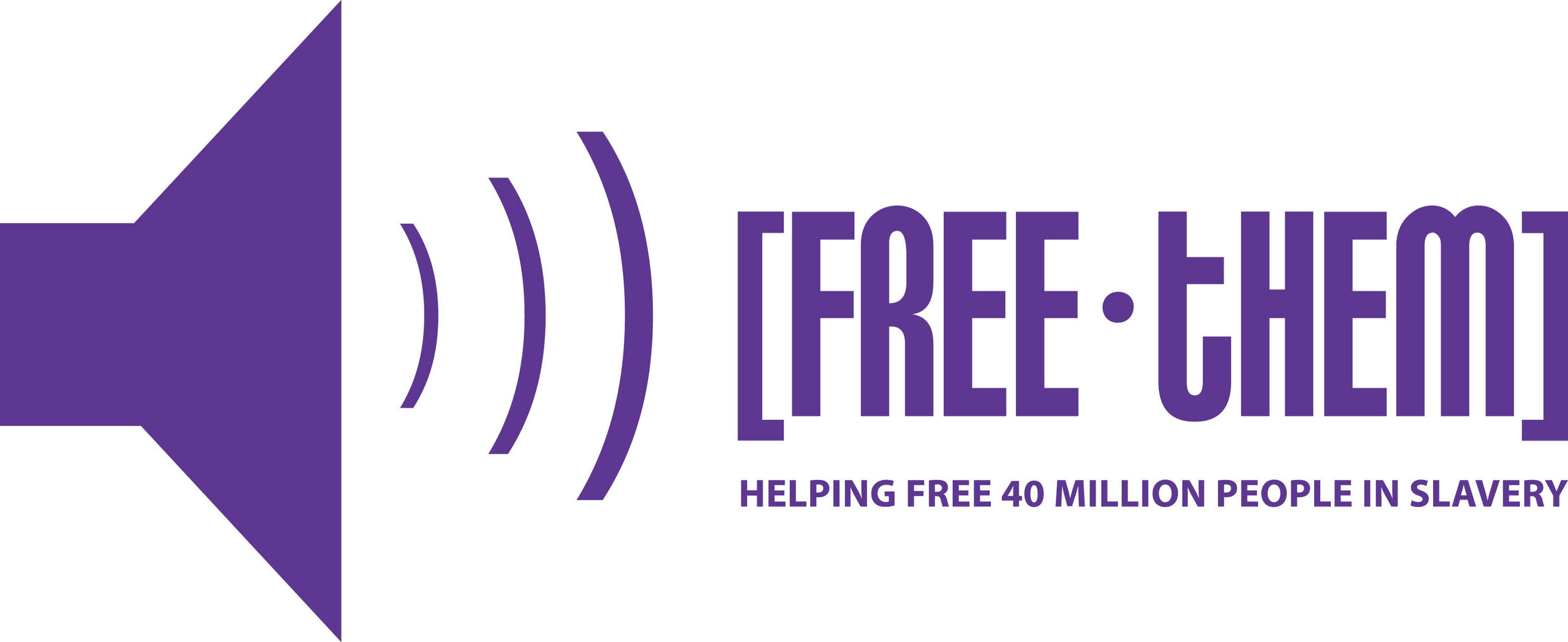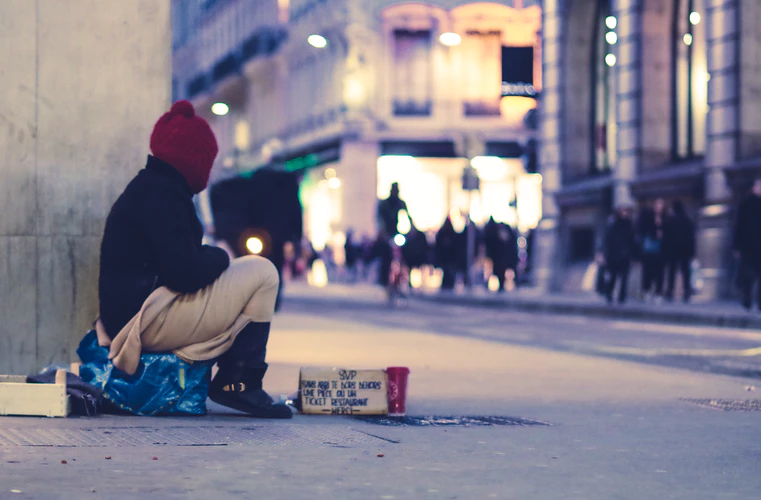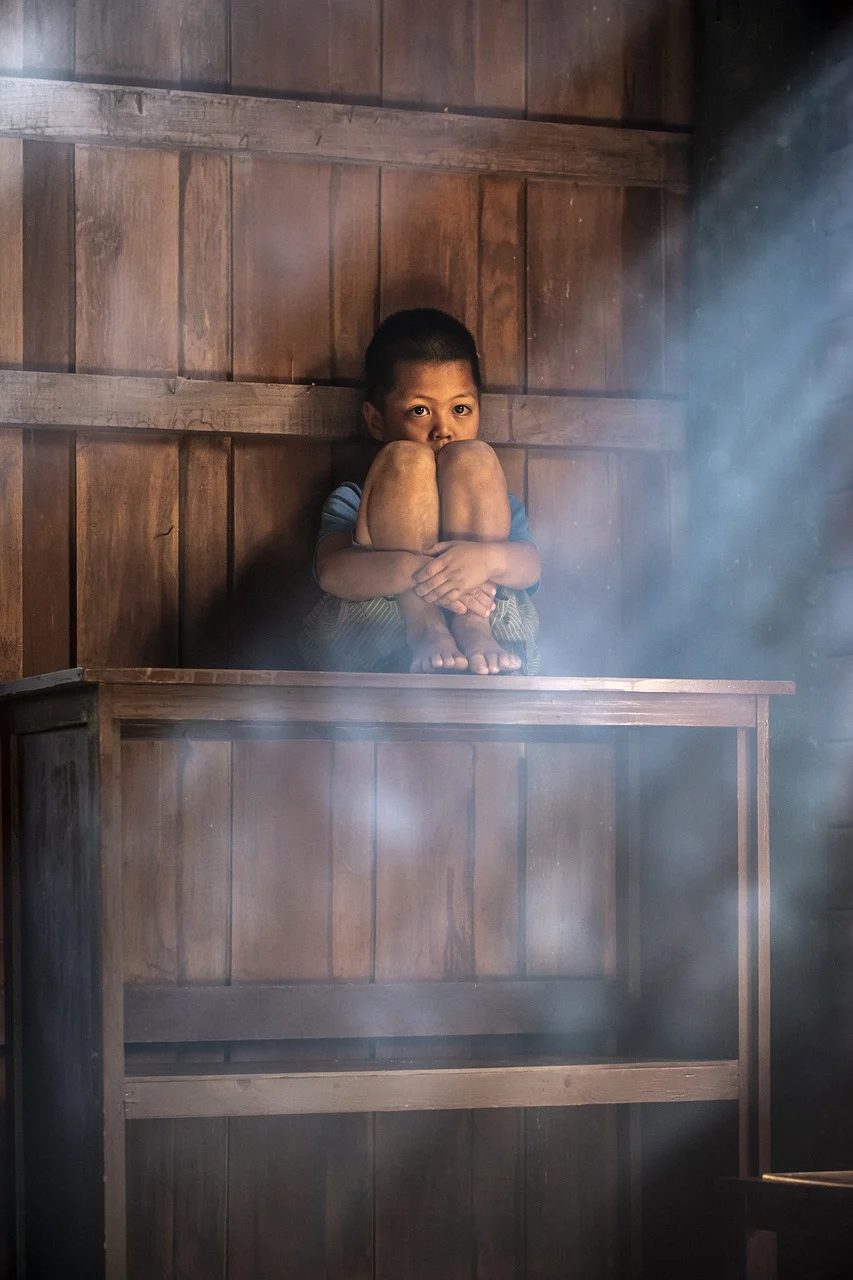Addressing the Vulnerability of Human Trafficking Victims During Covid-19
How the pandemic has further victimized at-risk populations worldwide
For a while now, the world has been in a state of confinement and many of us have spent more time in our homes due to the numerous restrictions. We have been contemplating various aspects of our livelihood and possibly struggling with anxiety, finances, and job stability. However, not everyone has felt the effects of this past year’s events in the same manner. As many businesses in our country and worldwide have closed their doors, other services have been thriving and growing as they have somehow been deemed to be essential.
Some countries have had greater success in supporting their populations throughout 2020 but others, especially third world countries with greater populations, have endured much greater challenges. In certain cases, the people in these countries were forced by the necessities of life to defy restrictions to feed their families and for sheer survival. It seems that the world has slowed down in many ways, as we have strayed from the norms which we were all accustomed to.
Youth turning to trafficking in hopes of making money
Perhaps, one would assume that a global crisis like human trafficking would also come to a halt or decrease in activity with the limitations that have been placed worldwide for the past year. Unfortunately, this has not been the case. Human trafficking and prostitution have exploded in many parts around the globe. One of the major reasons reported has been due to the closures of strip clubs and other adult entertainment industries.
Previously reported by Fox 11 Los Angeles, the Los Angeles Police Department stated that on almost every block there are multiple prostitutes; girls as young as 12 even, watched by their pimps from a distance. Many of these girls are being forced to perform sexual acts by, “violent gang members looking to exploit them for personal financial gain.” The victims are getting younger and younger, according to an LAPD undercover detective who has worked vice for over 20 years. Many pimps are becoming more violent as they push their victims to see more clients so that they in turn can pocket more money.
Some of the young women, when questioned by an LAPD police officer, seemed to be quite intelligent and articulate as they explained it was a way for them to make money to pay for college. However, like many victims of human trafficking, they see very little of the money if any of it, and quickly become trapped in a vicious cycle of sexual abuse, violence and threats, which could last years and lead to lifelong emotional scarring and psychological trauma.
The current state of the world has not been easy on anyone in one aspect or another, but at-risk populations are at an even greater risk. COVID-19 has created circumstances that potentially increase the risks of trafficking, simultaneously decreasing the identification of victims and survivors.
It is also more difficult to deliver comprehensive services to support the recovery of survivors due to the many restrictions. Homelessness, poverty, and a history of child abuse are common risk factors for young trafficking victims.
The idea of money and belonging to a borrowed family or some kind of unit is often quite tempting for at-risk youth or those struggling to make ends meet. The majority of the time, however, these suppositions are pure manipulative illusions that lead to more abuse and eventual entrapment. The economic impact of COVID-19 has left many jobless, in debt, and struggling to provide for themselves and for their families, especially those belonging to already at-risk populations.
Certain populations have received funds from governments, like in Canada, or relief from landlords for example, but many have been left unprotected. Some have lost their jobs permanently, whether self-employed as entrepreneurs or due to the nationwide shutdowns of local businesses and companies.
Youth at risk
Across many nations, current circumstances increase the vulnerability of these already struggling families which can result in adult and child homelessness. Youth, in particular, can be susceptible to amplified risks of exploitation including survival sex as well as forced labour.
In homes in which violence and abuse were already occurring pre-pandemic, abuse victims are potentially even further exposed to maltreatment due to school and facility closures as well as restrictions on social outings. For many victims of domestic violence, having the sheer ability to leave their homes daily was their only escape and option. With the current state of lockdowns and restrictions, this is no longer accessible, leaving victims of domestic abuse trapped with their abusers for longer periods.
The reporting of domestic violence has gone down during COVID-19 due to the lack of access to mandatory reporters. However, hospital reports of child abuse injuries have indeed increased. With the closures of schools, adolescents and youth are spending more time online which also increases the risk of luring by sexual predators. In the United States, for example, the National Center for Missing and Exploited Children recorded an increase in reports of online exploitation from 2 million to 4.2 million between March and April of 2020.
COVID-19 has also made victim identification more difficult. Closed schools have made opportunities for teachers and staff much more challenging to identify at-risk or exploited youth. Many trafficked youths are uninsured and lack personal identification, which is most often confiscated by their pimps or traffickers. In these cases, the only source of healthcare may be emergency settings or departments and so delays in pursuing healthcare could increase missed opportunities for tracking and/or identifying those trapped in trafficking.
Even when survivors are identified, their access to assistance has been compromised due to the shutdowns. Some of the needs they would require are physical and mental healthcare, education, job training, legal services, to only name a few. Furthermore, social isolation can negatively affect all of these mental health recovery efforts.
A global impact
There are many challenges trafficking survivors face compared to other populations on the path to healing. Lifestyles and living arrangements do not always provide enough privacy and confidentiality for appropriate patient care. Access to phones and computers or other useful devices is difficult or very limited. Sometimes language and cultural barriers also add challenges to the rescue and remedial process. Thus, the impact of COVID-19 has been significant to trafficking victims and has created multiple difficulties in their lives and support networks.
It has also pushed certain populations into dire situations, where turning to forced labour or sexual exploitation may have been their only hope for survival. The global situation has been shown to have increased financial stress, food insecurity, and interpersonal violence. Providers of assistance must work together creatively so that survivors of trafficking can access the necessary services, including housing and safety. Appropriate and even new strategies must be created so that they may assist individuals at risk of exploitation through trafficking.
If you are or believe you have identified someone in a trafficking situation, you can take action. Call 911 immediately to notify local law enforcement. You may also call the human trafficking hotlines in Canada and the United States by dialling the numbers below. Both hotlines are open 24/7/365 days of the year and provide services in over 200 languages.
Canadian Human Trafficking Hotline
1-833-900-1010
United States Trafficking Hotline
1-888-373-7888



